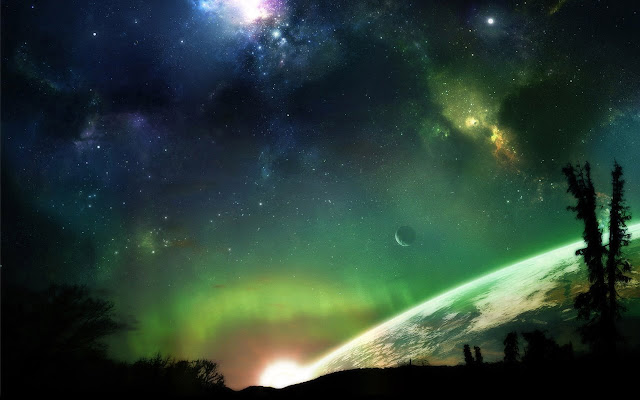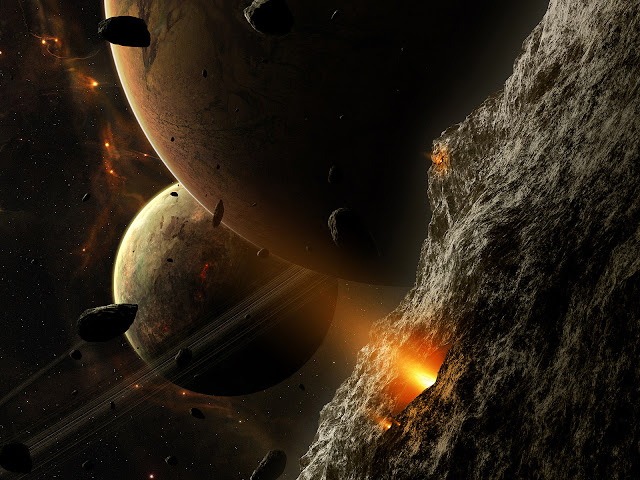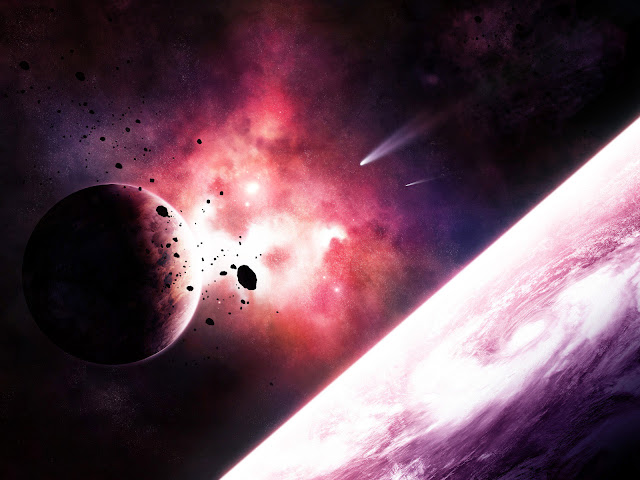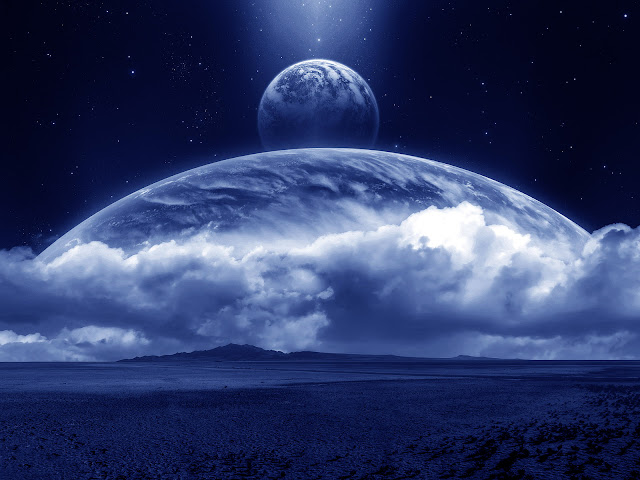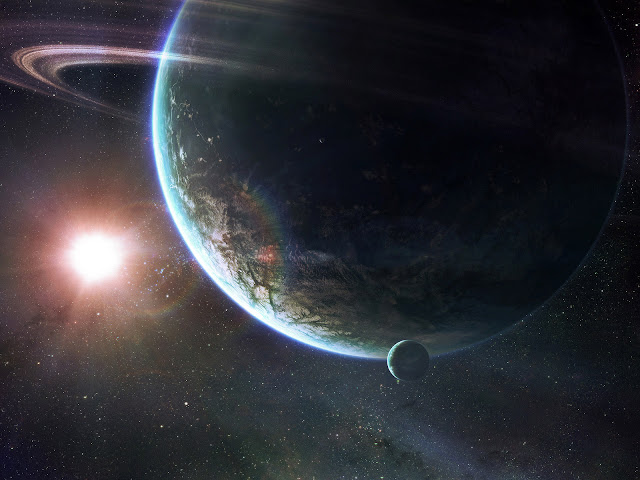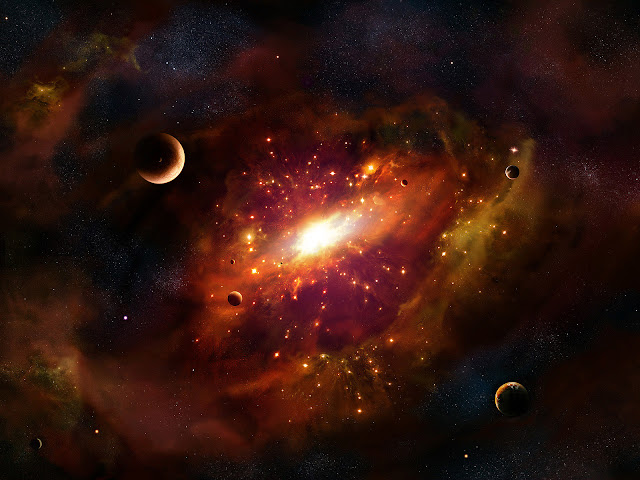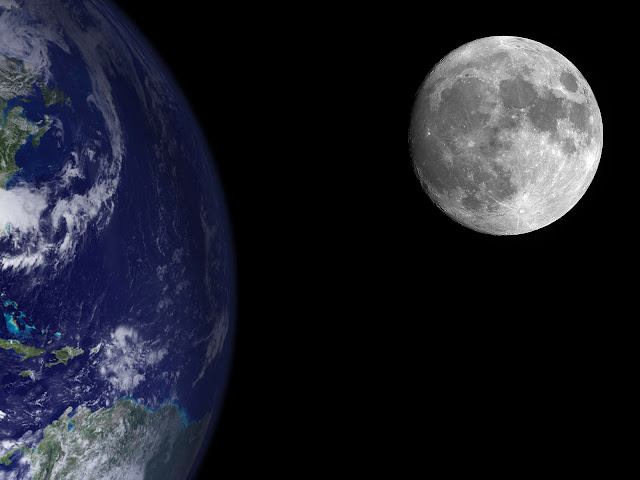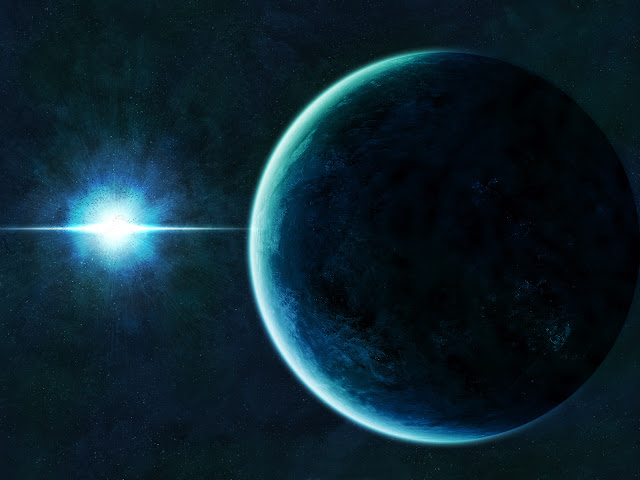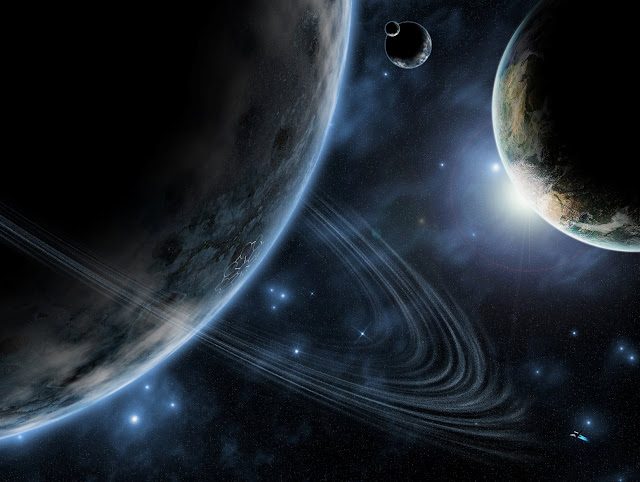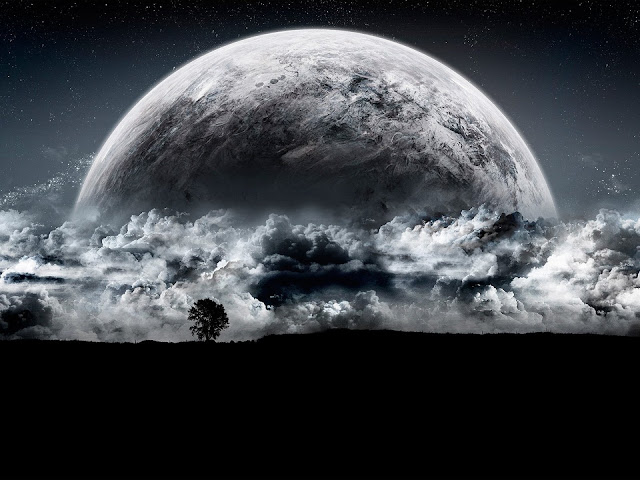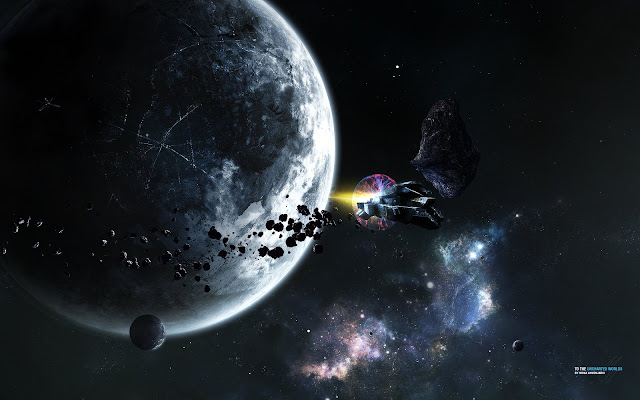|
Showing posts with label Space. Show all posts
Showing posts with label Space. Show all posts
Saturday, 27 August 2011
Friday, 19 August 2011
Tuesday, 5 April 2011
|
Pictures From Mars-Credit
Sunday, 3 April 2011
Saturday, 26 March 2011
Subscribe to:
Posts (Atom)
Categories
- Accident (7)
- Advertisment (9)
- Amazing (267)
- America (12)
- Animals (134)
- Animated (5)
- Art Work (194)
- Articles (52)
- Asia (2)
- Aviation (3)
- Bikes (2)
- Birds (29)
- Boats (2)
- Books (6)
- Buildings (9)
- Butterfly (1)
- Cakes (2)
- Cards (4)
- Cars (8)
- Cave (5)
- Child (48)
- China (4)
- Cities (1)
- Clip (157)
- Colors (6)
- Comedy (13)
- Computer (7)
- Construction (3)
- Cosmos (5)
- Cricket (5)
- Currency (1)
- Dance (1)
- Diamont (1)
- Earth Quakes (4)
- Education (4)
- Events (53)
- Face Book (3)
- Fires (1)
- Fish (25)
- Flood (13)
- Flowers (26)
- Foods (20)
- Forest (3)
- Fruits (5)
- Funny (158)
- Gadget (1)
- Games (9)
- Google (2)
- Graphics (5)
- Guns (2)
- Health (52)
- Heart (4)
- Hotel (1)
- Iceland (16)
- Information (192)
- Insect (8)
- interior (33)
- Islamic (440)
- Jokes (9)
- Karachi (2)
- Kitchen (3)
- Lakes (5)
- Landscape (29)
- Life (7)
- Lighters (1)
- London (6)
- Love (33)
- Macro (9)
- Magic (12)
- Military (2)
- Mobile (4)
- Mosque (2)
- Mountans (9)
- Mysteries (1)
- Nature (104)
- News (145)
- Novels (2)
- Paintings (44)
- Pakistan (25)
- Peoples (30)
- Personality (8)
- Photography (362)
- Pigeon (1)
- Poetry (428)
- Presentation (3)
- Quotes (18)
- Quran Lesson (13)
- Rain (5)
- Roses (8)
- Scary (4)
- Season (5)
- Ship (10)
- Shuttle (1)
- Snakes (3)
- Snow (4)
- Softwares (3)
- Space (6)
- Sports (15)
- Tattoos (1)
- Technology (24)
- Tourisum (68)
- Trucks (2)
- Under Sea (35)
- Valentine (1)
- Videos (9)
- wallpapers (67)
- Watches (4)
- Weather (4)
- Weird (14)
- World Records (2)
Disclaimer
Cool Daily Pics acknowledges that though we try to report accurately, we cannot verify the absolute facts of everything posted. Postings may contain fact, speculation or rumor. We find images from the Web that are believed to belong in the public domain. If any stories or images that appear on the site are in violation of copyright law, please email [dil_ki_dunyaa@yahoo.com] and we will remove the offending information as soon as possible.




